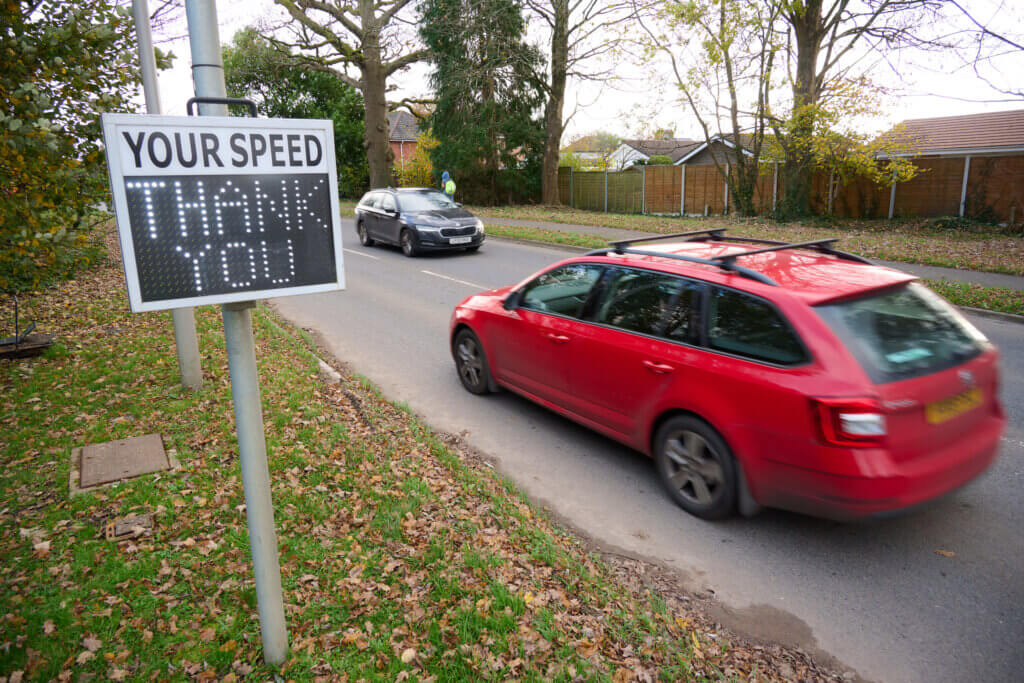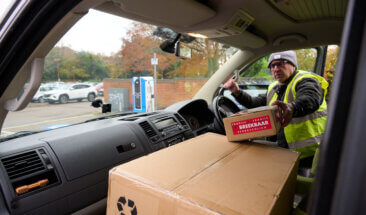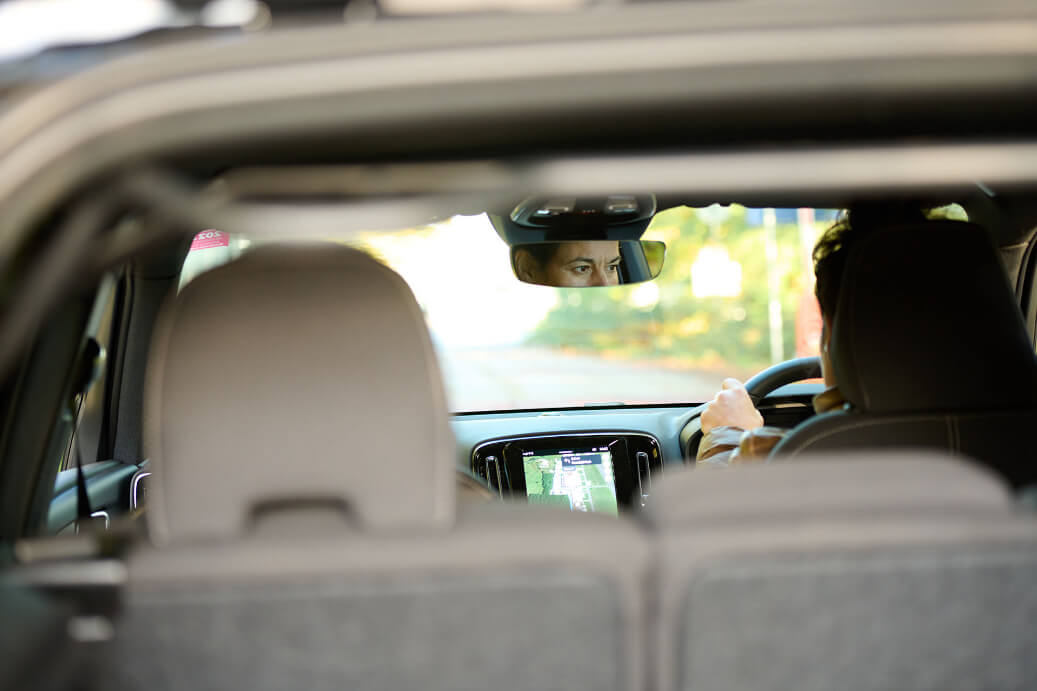Course Overview
This hybrid of a workshop and on-road driver coaching session is specifically for home delivery drivers.
Specific training identifying driving risks at the delivery address.
Develops safer on road driving behaviours.
Guided through proven defensive driving and delivery techniques.
Suitable for any driver of light commercial vehicles delivering goods or parcels to both private and commercial addresses.
Delivery Formats

7.5 hours
1 or 2 delegates

At the end of the workshop, course drivers will:

Explain factors which could affect personal driving performance and overcome barriers to safe on-road behaviours.

Demonstrate pre-journey safety checks, controlled manoeuvring and safe parking, and identify key hazards.

Demonstrate a dynamic risk assessment at the delivery address.

Develop eco-safe driving skills whilst applying the principles of good observations, anticipation and forward planning.

Identify appropriate speed limits for different vehicle categories and roads.
Course Outline
Introduction
- Why the training and the risks associated with making deliveries.
- Factors that can affect driving performance.
- Distracted driving (mobile phones, in vehicle technology).
Coaching Session
- Look at drivers normal working environment / workload.
- Recognition of speed limits.
- Defining appropriate speed. • Environments: Urban, Rural, Dual Carriageways, Motorways.
- Pre-journey checks.
- Where and how best to park to reduce damage.
- Identifying risk prior to stopping and making a delivery.
- Safe and fuel-efficient driving. • Overcoming barriers, time/stress management.
Course review
- Benefits of developing safer on road behaviour.
- Reduced fleet running costs and collisions. • Safer “last mile” deliveries.
- Increased positive perception by customer at their address.

Logistics
Our delivery is facilitated both in a classroom and in-vehicle.
Classroom
In order to facilitate the classroom element of this course we will require:
- A suitable room to comfortably seat all attending.
- Flipchart and pens.
- Suitable toilet facilities and access to refreshments.
Participants
For in-vehicle training we will require:
- Drivers to be able to read a number plate from 20 metres in good day light with or without corrective vision.
- Produce their driving licence or if they do not have it with them, agree to undertake a check with the DVLA.
- All vehicle lights and warning instruments to be in good working order.
- All vehicle tyres have at least 1.6mm tread and correct air pressure.
- All vehicle fluid levels at the appropriate levels e.g. oil & washer fluid.
- Vehicle meets all Road Traffic Act requirements.



